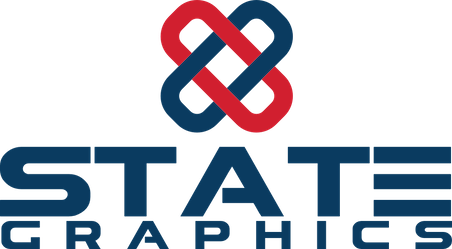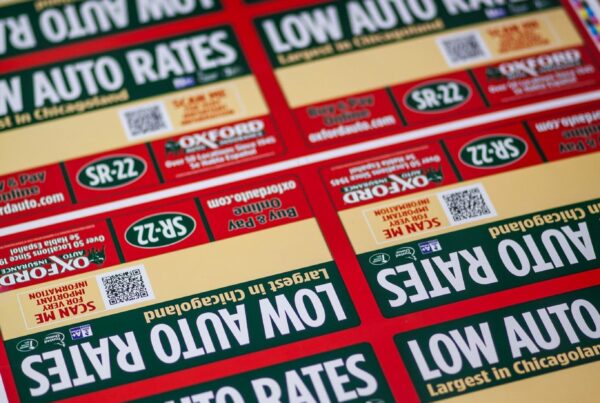Direct Mail and Commercial Mailing Services: A Complete Guide to Strategy, Production, and Postal Requirements
Key Takeaways
- Direct mail remains effective in the digital age, delivering higher response rates than many digital channels due to its tangible, physical nature.
- Modern direct mail integrates with technology through QR codes, personalized URLs, and augmented reality features that bridge physical and digital experiences.
- Precision targeting has replaced mass mailing, using customer data to create personalized communications for specific audience segments.
- Strategic planning is essential, including clear campaign objectives, quality list management, and regular database maintenance.
- Multi-channel integration creates comprehensive customer experiences by coordinating direct mail with email, social media, and website interactions.
- Design and format choices should align with message complexity, budget, and audience preferences—from letters and postcards to specialty dimensional mail.
- ROI measurement requires implementing proper tracking mechanisms across channels to capture both immediate responses and long-term customer behavior.
Mail Formats and Options
FAQ
What format works best for my direct mail campaign?
The best format depends on your message complexity, budget, and audience preferences. For simple offers with established audiences, postcards often provide the best ROI due to their lower production costs and immediate visual impact. For complex messages or premium offers, letter packages typically perform better as they allow for more detailed explanations and supporting materials. For high-value prospects, dimensional mail significantly increases response rates by creating a memorable experience that stands out from conventional mail. We recommend testing different formats with sample segments to identify the optimal approach for your specific situation.
How long does a direct mail campaign take from concept to delivery?
Standard direct mail campaigns typically require 4-6 weeks from concept to mailbox: 1-2 weeks for design and approval, 1 week for production preparation, 1-2 weeks for printing and processing, and 3-10 days for postal delivery. Complex campaigns with custom elements or specialty materials may require longer lead times. At State Graphics, we can accommodate rush projects through our streamlined workflow systems, but building in adequate time allows for thorough quality control and often provides more cost-effective production options.
What can I do to reduce direct mail costs without sacrificing effectiveness?
Smart cost reduction starts with thoughtful design choices: use standard sizes to minimize postage, select economical paper stocks that still convey quality, and simplify designs to reduce production complexity. List optimization eliminates waste by focusing on your most responsive prospects. Taking advantage of postal presort discounts and consolidating multiple messages into fewer mailings improves efficiency. Perhaps most importantly, testing smaller quantities before full deployment helps identify the most cost-effective approaches while minimizing financial risk.
How can I measure the ROI of my direct mail campaign?
Effective measurement begins before campaign launch by implementing unique tracking mechanisms such as source codes, dedicated phone numbers, campaign-specific landing pages, and special offer codes. For businesses with longer sales cycles, CRM integration can connect initial responses to ultimate conversions. Beyond immediate response rates, consider calculating cost per response, cost per acquisition, average order value, and lifetime customer value to determine true ROI. Multi-channel campaigns should account for mail’s influence on digital channel conversions through matchback analysis.
How can I integrate direct mail with my digital marketing efforts?
Modern direct mail works best as part of an integrated marketing strategy. Include QR codes or personalized URLs (PURLs) that direct recipients to online landing pages tailored to the direct mail offer. Schedule email follow-ups timed to arrive shortly after the direct mail piece to reinforce your message. Create coordinated social media campaigns that extend and amplify your direct mail messaging. Use retargeting ads to reach mail recipients who visit your website but don’t immediately convert. The most successful campaigns maintain consistent messaging, visual elements, and offers across all channels while leveraging each medium’s unique strengths.
Call us at 847-215-2500 today!
Contact Us
We hope to hear from you! Visit our friendly people, or just give us a call. And if you’d like, use the contact form to send some more info!
Locations:
State Graphics – Wheeling
468 Diens Drive
Wheeling, IL 60090
Hours:
M-F 8:00AM-5:00PM
State Graphics – Lake Barrington
22292 N. Pepper Road, Unit C
Lake Barrington, IL 60010
Hours:
M-F 8:00AM-5:00PM
State Graphics – Highland Park
1500 Old Deerfield Road, Unit 5
Highland Park, IL 60035
Hours:
M-F 8:30AM-3:30PM
Email: sales@stategraphics.com
Facebook: https://www.facebook.com/stategraphics





